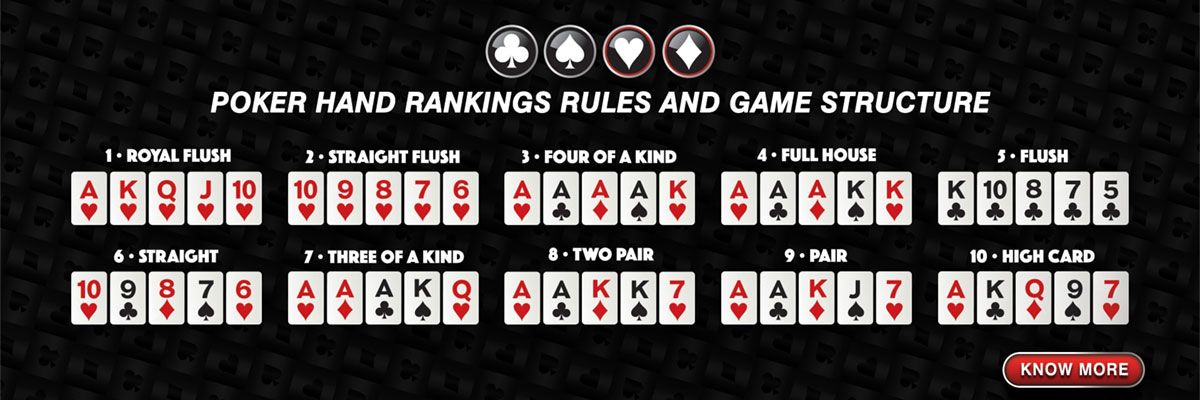The One Poker Skill That Will Level Up Your Game: Calculating Pot Odds
Poker is often called a game of luck, but we are here to bust this myth today. Poker is a game of sheer skill, of course, the hands that you get are completely random but having a few skills up your sleeve will surely help you score more pots and pad your bankroll. One such critical skill is knowing how to calculate pot odds.
Learning the mathematical aspects of poker, like calculating pot odds, can be the factor that sets you apart from the herds of players who believe poker to be a game of luck or instinct. Now, before you raise your eyebrows at this, let us clarify that we are not discounting the instincts that veteran players develop over the years with tons of experiences. Rather we are referring to those players who use instincts and luck as their poker strategy in entirety.
Pot odds will help you decide whether or not there is enough in the pot for you to put in a bet. So, get ready to add this new skill to your arsenal and score some cash at your next game.
What are Pot Odds?
To master calculating pot odds, the first is you need to know what exactly pot odds are. It is the ratio between the total size of the pot and the size of the bet that you are facing. Note that the total size of a pot includes bets that have been made in the round still being played. For example, if there are fifty rupees in a pot and your opponent bets 25 rupees, your pot odds are 75:25. This means that you have to pay 25/75 of the pot to stand a chance to snatch up the whole pot and win.
So, it is safe to say that pot odds are the mathematical foundation of poker. They can help you make well-informed calls in tough situations in a game of poker. Making profitable calls is much tougher when you cannot calculate your pot odds.
Pot odds are equally important in cash games and tournaments. Many poker players assume that tournaments that are fast-paced and of lower stakes are based solely on experience or practice. This can quickly place you in some dangerous quicksand before you even realize it. Making a decision keeping in mind the pot odds will always lead to profitable plays and satisfying wins.
Calculating Pot Odds
Now that we know what pot odds are, we can discuss how to calculate them in the most efficient way possible.
There are two main ways in which you can calculate pot odds: the Ratio Method and the Percentage Method. Both these methods also take into consideration implied odds. This means that they demonstrate the percentage or ratio of the total amount that you can win to the amount that you will need to bet or call to stay in the game. If you do not have the right odds to call and you think that your opponent will keep betting when you draw, you might get the implied odds to call.
Having a sound knowledge of this will make you stand apart from players that are not disciplined in their game. When it comes to no-limit games, this discipline and mathematical backing of pot odds and a little guesswork about implied odds will amalgamate to your perfect art of poker.
1. Percentage Method
First, we will discuss the Percentage Method of calculating them. To make things easier, let’s take an example. Imagine that you have a 5 of spades and an 8 of hearts as your hole cards while the community cards are ace of diamonds, seven of clubs and a six of hearts.
Consider that your opponent wages a bet of INR 20, making the pot 100 in total.
- Calculating the Card Odds
In this situation, we are aiming at making a straight. To find the odds of that happening, you first need to find the outs. There are fours of four suits and nines of four suits that can snag you your hand. This means that you have eight outs in total for this hand. If you want to find the chances of making a straight on the very next card, you need only to double the outs and add one to them.
Hence, your card odds stand at 17% (8 X 2 = 16 + 1= 17)
- Calculating Pot Odds
Once you know your card odds, you need to find your pot odds and pit them against each other to find out whether you stand to make money by going ahead in the game or lose it.
Since your opponent has already bet INR 20, the pot now stands at a total of INR 80, which means that you must raise at least INR 20 to win the INR 100 in the pot. When calculating our pot odds, you must take into consideration the 20 that you are putting into the pot and not the 100 at which the pot stands before your bet. To do so would be fallacious and lead you to take into account higher odds than in reality.
Your bet is 20% of the total INR 100 in the pot which means that your pot odds are 20%
- Card Odds VS Pot Odds
Since you have a 17% of making a straight on the next card, you must only call 17% of the pot. The pot odds that we just calculated dictate that you may lose more money than you may win on this hand. A wise player would learn to choose their battles and fold instead if calling 20%. This is the way to know the probability of the results of a game in the long run.
2. Ratio method
The alternative method to calculate odds is knowing the ratio of your pot odds and the ratio of your card outs. This way you can compare the two and see which way you should go down folding or calling. If you find yourself with phenomenal odds, you can even see how much you can raise to still play a profitable hand.
Imagine you hold three of spades and seven of spades. While your community cards are a deuce of hearts, a four of clubs and a ten of spades. The only two players left in this hand are you and your opponent. The pot stands at a total of INR 80 at the start of the hand and your opponent bets INR 20 driving the total up to a cool INR 100.
- Calculating the Card Odds
To see what would be the right move in this situation, you will first need to calculate the odds of you making a flush. First, you will want to know the ratio of the cards that you do not want in the deck. Since there are five known cards, three community, and two-hole cards, you can deduct these from the fifty-two-card deck. This narrows it down to forty-seven cards of which you are unaware. Nine out of the forty-seven cards can make your flush and thirty-eight others that won’t. This brings our outs at a ratio of 38:9 or approximately 4:1.
- Calculating Pot Odds
Once these odds are clear you can move on to the pot odds, which is calculated by comparing the total pot to the bet that you have to wager to win the pot. Assuming that your opponent makes a bet of INR 20 to the existing INR 80 pot totalling it to INR 100, you are compelled to either wager INR 20 bet or fold your cards. Again, in this case, our odds are 100:20, which is 5:1.
- Card Odds VS Pot Odds
On comparing these two you soon realize that your pot odds are greater than the card odds, which means that you could win way more money in the long run.
In A SnapShot
When making a decision based on pot odds, you should ideally:
- Call a bet when the price exceeds the cost of your bet
- On the flip side, when the cost is more than the money you stand to win, folding is the way for you to go.
Calculate Pot Odds And Make Your Opponents Pay
If you are in a situation of power, that is, you have a complete hand, and your opponent is still drawing, you can use pot odds to determine the appropriate bet size and make your opponent pay dearly to stay in the game. One of the biggest mistakes players make in a game of poker is that they pay high prices to make their draws. You can take this tendency of your opponents to milk your hand and your knowledge of implied odds to make sure you get a big fat lump sum in your pocket.
Think you are ready to test your newly acquired skill?
Then what are you waiting for? Log on to Spartan Poker and take part in the best poker games. No matter your poison, we have something for everyone. From a variety of cash games to thrilling tournaments. Want to play with your buddies? Just shoot us an email, and we will curate a private table for you online. So get your game face on and win some serious money with Spartan.

















